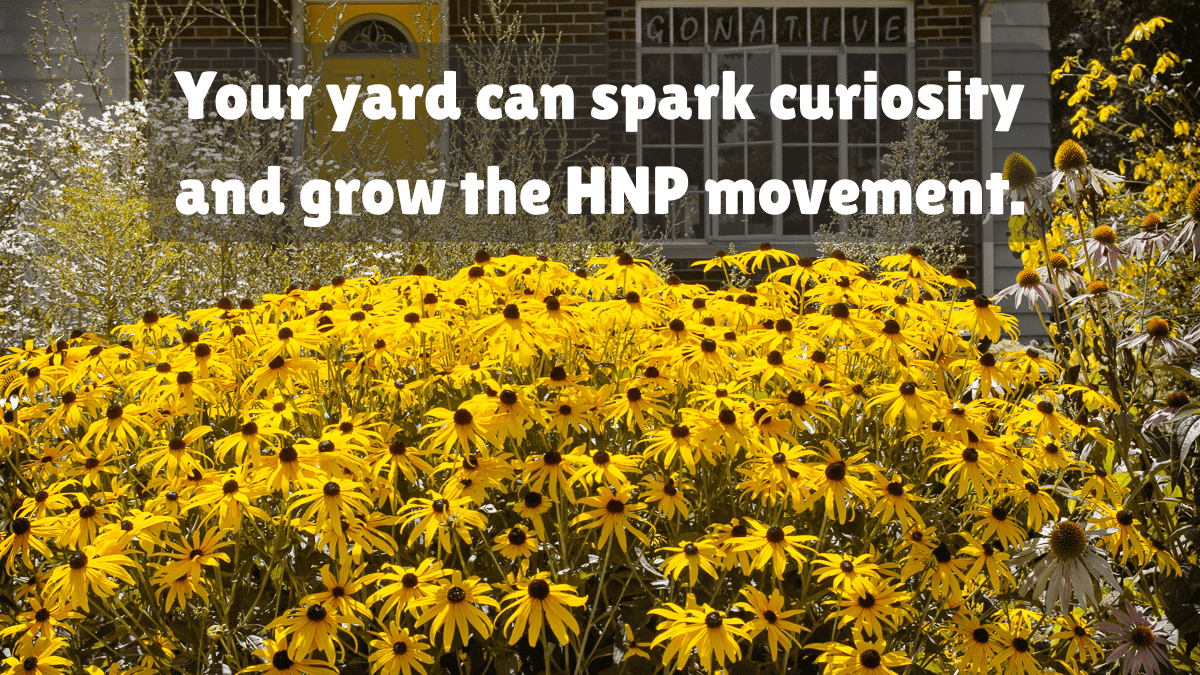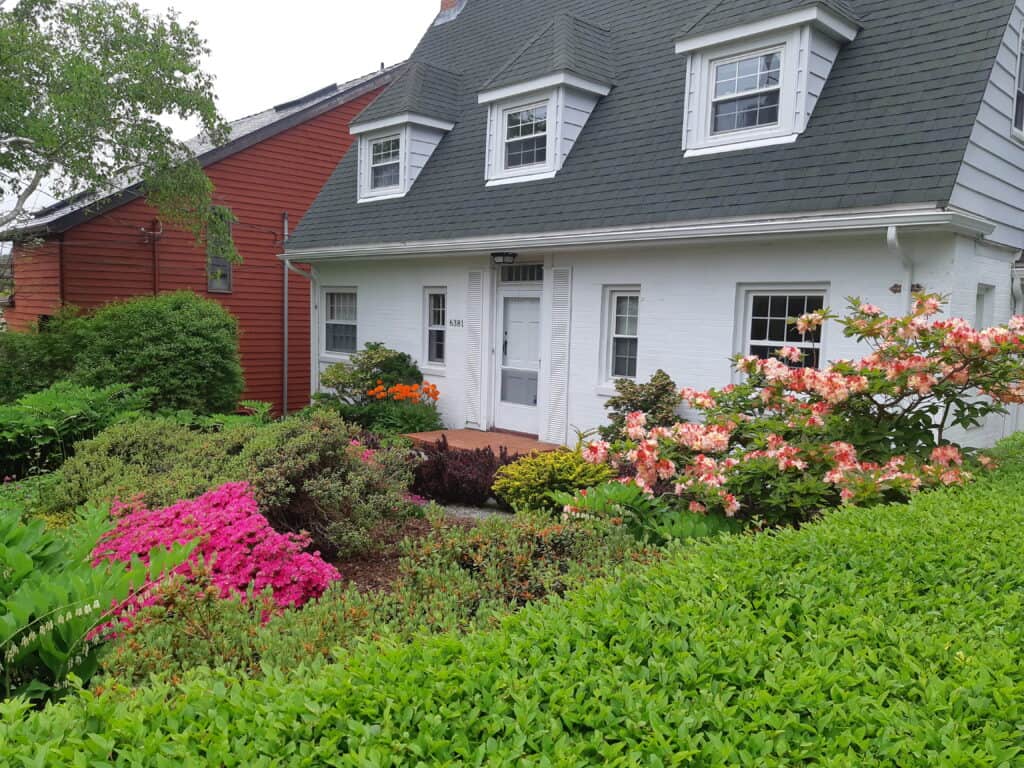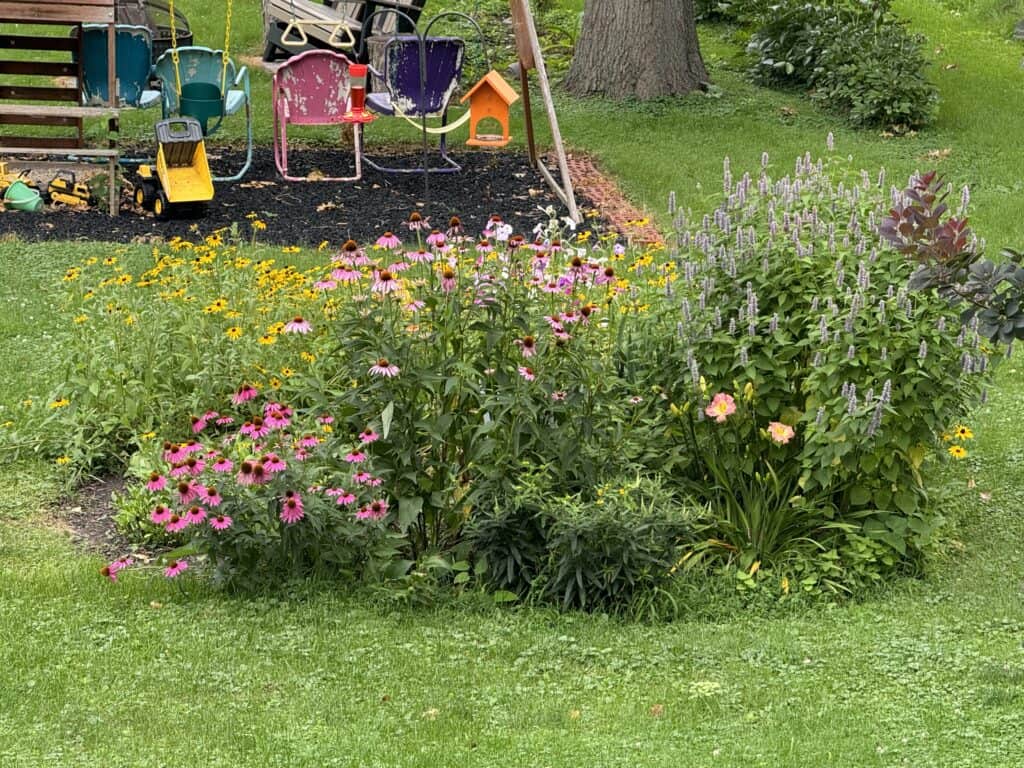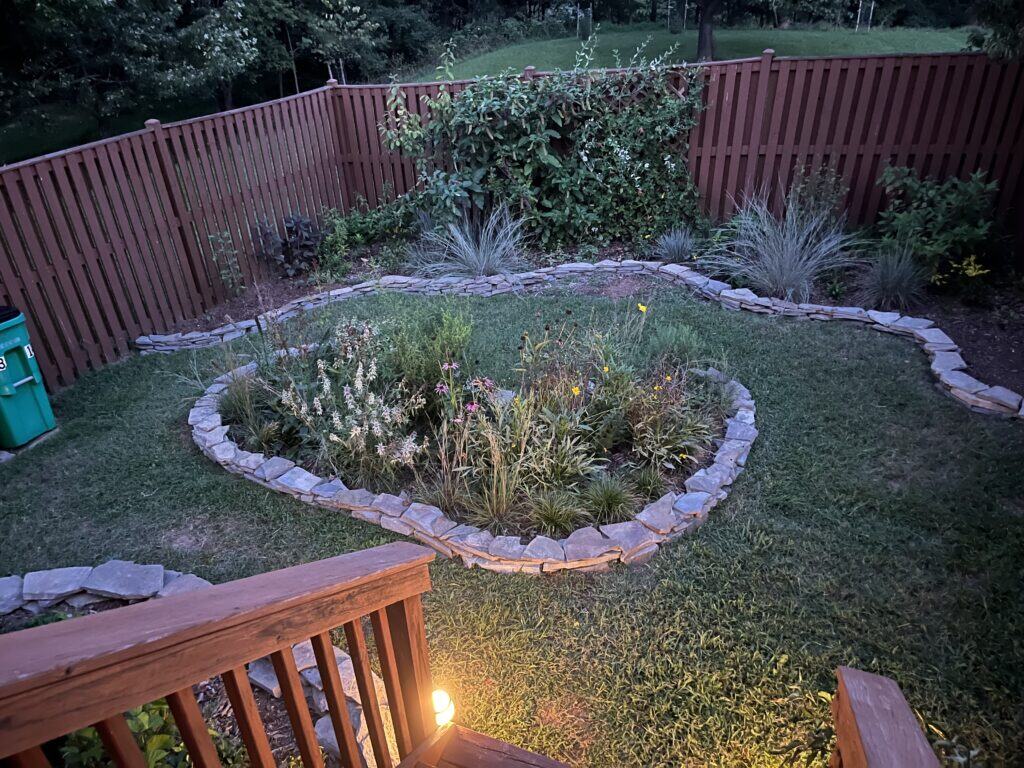Talking To Neighbors About Native Plants
Turn Curiosity into Meaningful Conversations
Changing how we garden and care for our yards can spark curiosity and raise questions from neighbors.
These conversations can feel personal, so it's important to recognize that they're opportunities to connect and share joy of this movement with others. This interaction might be their first time hearing about native plants.
You don’t need to be a scientist or have all the answers. Just share why you care about biodiversity and how native plants help support it. Your passion alone can open minds and plant seeds!
Changing how we garden and care for our yards can spark curiosity and raise questions from neighbors.
These conversations can feel personal, so it's important to recognize that they're opportunities to connect and share joy of this movement with others. This interaction might be their first time hearing about native plants.
You don’t need to be a scientist or have all the answers. Just share why you care about biodiversity and how native plants help support it. Your passion alone can open minds and plant seeds!
How to Answer Common Questions from Your Neighbor
We’d love to hear from you!
What are your neighbors asking? How did you respond?
Use the form below to share the questions you've received and answers you've given; or submit the questions you still need help with.
Our science lead, Krista De Cooke, will add common Q&As to this growing guide.
We’d love to hear from you!
What are your neighbors asking? How did you respond?
Use the form below to share the questions you've received and answers you've given; or submit the questions you still need help with.
Our science lead, Krista De Cooke, will add common Q&As to this growing guide.
GET STARTED GUIDES: Get Started | Shrink Your Lawn | Remove Invasive Plants | Make a Home for Wildlife | Design a Native Landscape







